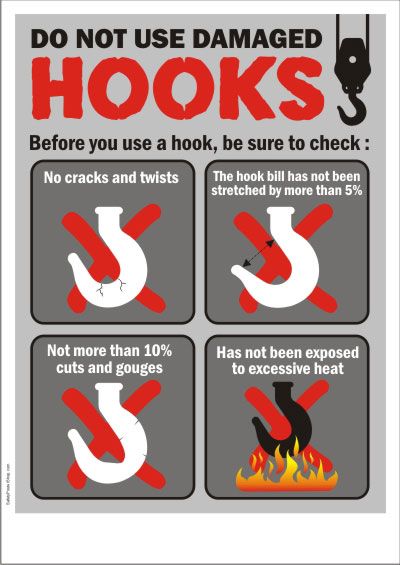Workplace injuries involving crane hooks are not only common but often devastating, leading to severe injuries or even fatalities. As a senior partner at Gathings Law, I, Lloyd Gathings, have firsthand experience dealing with the repercussions of such accidents for workers and their families. These incidents can result from a variety of factors, all pointing towards negligence or failure in maintaining the essential safety measures required for operating heavy machinery such as cranes.
Common Causes of Accidents Involving Crane Hooks:
- Defective Design: The design of crane hooks often plays a crucial role in ensuring safety. Defectively designed latches may fail under pressure, leading to catastrophic failures.
- Latch Damage: Damaged latches, whether from routine wear and tear or from specific incidents, compromise the safety of crane operations. Regular inspections and maintenance are crucial to identify and rectify such issues.
- Improper Rigging: Incorrect rigging practices can render safety latches on crane hooks ineffective, increasing the risk of accidents. Proper training for rigging personnel is essential to prevent such occurrences.
- Physical Damage to Hooks: Nicks, gouges, and other physical damages to crane hooks can significantly reduce their load-bearing capabilities. This not only puts the loads at risk but also endangers the lives of workers around them.
- Excessive Wear: Over time, excessive wear on crane hooks can lead to failures. Regular checks and replacements are necessary to ensure the integrity of these critical components.
Case Studies and Legal Recourse:
In our legal practice, we have encountered numerous cases where the failure of crane hooks led to serious injuries and fatalities. For instance, in one tragic incident, the absence of a latch on the crane hook led to an air compressor falling, resulting in the death of a worker at the job site. In another case, a large steel plate fell due to a similar failure, causing severe injuries to a worker’s leg. Both cases resulted in significant recoveries, highlighting the legal liabilities associated with equipment failure.
These incidents not only highlight the physical dangers posed by inadequately maintained crane equipment but also underscore the legal implications for companies. It is imperative for employers to adhere to the highest safety standards and for workers to be aware of their rights to work in a safe environment. Legal recourse is available, and at Gathings Law, we are committed to ensuring that justice is served for the victims and their families.
For anyone affected by similar workplace injuries, it is important to seek experienced legal counsel to explore your rights and the potential for compensation. Remember, safety in the workplace is not just a responsibility—it’s a right.
Lloyd Gathings
205-322-1201

